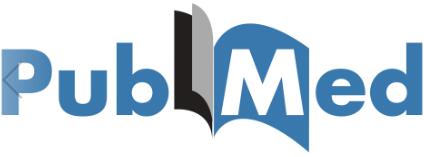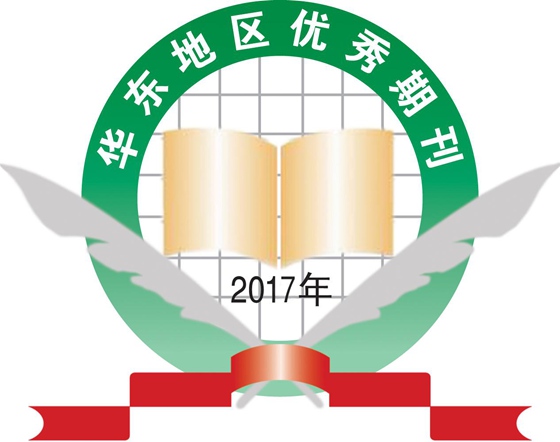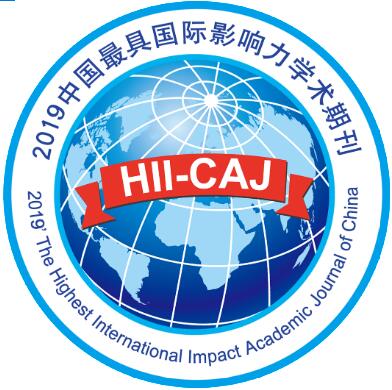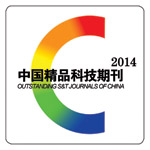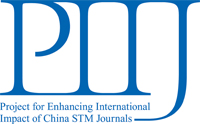Background
A growing body of research is exploring the role of antioxidant and anti-inflammatory dietary supplements in the treatment of osteoarthritis, highlighting an increasing emphasis on non-pharmacological interventions. Although more patients are turning to supplements to manage osteoarthritis, their actual effectiveness remains uncertain.
Objective
This study aims to provide a comprehensive evaluation of the available evidence concerning the efficacy of various dietary supplements in osteoarthritis treatment.
Search strategy
We searched PubMed, Embase, Cochrane Library and Web of Science for studies on the use of various dietary supplements in the treatment of osteoarthritis from the creation of each database until Jan 20, 2025.
Inclusion criteria
(1) Research object: osteoarthritis. (2) Intervention measures: patients in the treatment group received dietary supplements, while the control group received placebos. (3) Research type: randomized controlled trials (RCTs).
Data extraction and analysis
Two researchers independently examined the literature and retrieved data based on predefined criteria. The information gathered included the first author, year of publication, sample size, participant demographics, length of the follow-up period, intervention and control measures, and inclusion indications. RCTs comparing dietary supplements to placebo with the pain and function subscales of the Western Ontario and McMaster Universities Osteoarthritis Index (WOMAC) among patients with osteoarthritis were included. The optimal dietary supplement was identified based on the total ranking by summing the surface under the cumulative ranking curve (SUCRA) of these two scores. Furthermore, the Grading of Recommendations Assessment, Development, and Evaluation (GRADE) was used to confirm the quality of the evidence.
Results
Overall, 23 studies covering 21 dietary supplements and involving 2455 participants met the inclusion criteria. In the WOMAC pain score, the SUCRA of passion fruit peel extract was 91% (mean difference [MD]: –9.2; 95% confidence interval [CI]: [–16.0, –2.3]), followed by methylsulfonylmethane (89%), undenatured type II collagen (87%), collagen (84%), and Lanconone (82%). The SUCRA (99%) of passion fruit peel extract (MD: –41.0; 95% CI: [–66.0, –16.0]) ranked first in terms of the WOMAC function score, followed by Lanconone (95%), collagen (86%), ParActin (84%), and Lactobacillus casei strain Shirota (83%). The top three total rankings are passion fruit peel extract (95.0%), Lanconone (88.5%), and collagen (85.0%). However, the GRADE revealed low evidence quality.
Conclusion
Passion fruit peel extract was the best supplement for improving WOMAC pain and function scores in patients with osteoarthritis, followed by Lanconone and collagen. However, further large-scale, well designed RCTs are required to substantiate these promising findings.







